
Explore Vietnamese Culture
Content []
The Culture of Vietnam, an agricultural civilization based on the cultivation of wet rice, is one of the oldest in East Asia; the ancient Bronze ageDong Son culture is considered to be one of its most important progenitors. Due to the long-term Chinese influence on its civilization, in terms of politics, government and Confucian social and moral ethics, Vietnam is considered to be part of the East Asian Cultural Sphere.
Some elements generally considered to be characteristic of Vietnamese culture include ancestor veneration, respect for community and family values, handicrafts and manual labour, and devotion to study. Important symbols present in Vietnamese culture include dragons, turtles, lotuses andbamboo.
Going to the pagoda/ church at the beginning of the year
Right after the New Year's Eve, the moment of transition of the old year and the new year, many families organize to go to the temple to burn incense at the beginning of the new year to pray for peace, fortune and luck. At this time, the quiet and frugal scene of the pagodas, the communal house yard suddenly became crowded, the pagoda was lit up with lights and candles, deep inside, the smell of smoke emanating from the altars.
Vietnamese people believe that going to New Year's Mass is not simply a wish, but it is also a moment for people to immerse themselves in spirituality, leaving behind many hardships in life. Each person goes to Mass for different purposes, some people pray for wealth, fortune, and grace; People pray for peace and health for themselves and their families.

Besides those who go to the temple are Buddhists; There are also people who go to the Catholic church. Just like Buddhists, Catholics go to church to have the first meal to pray for peace, health, luck and convenience for the new year.
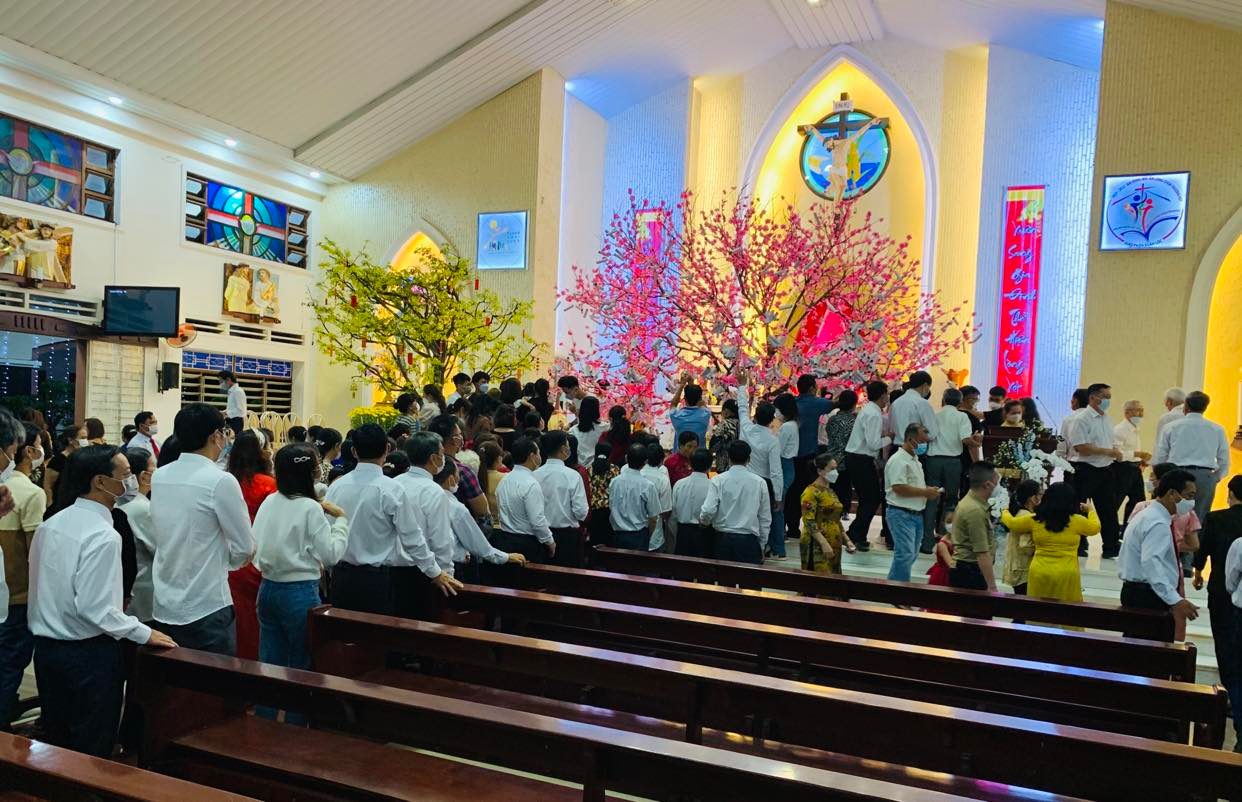
Clothing
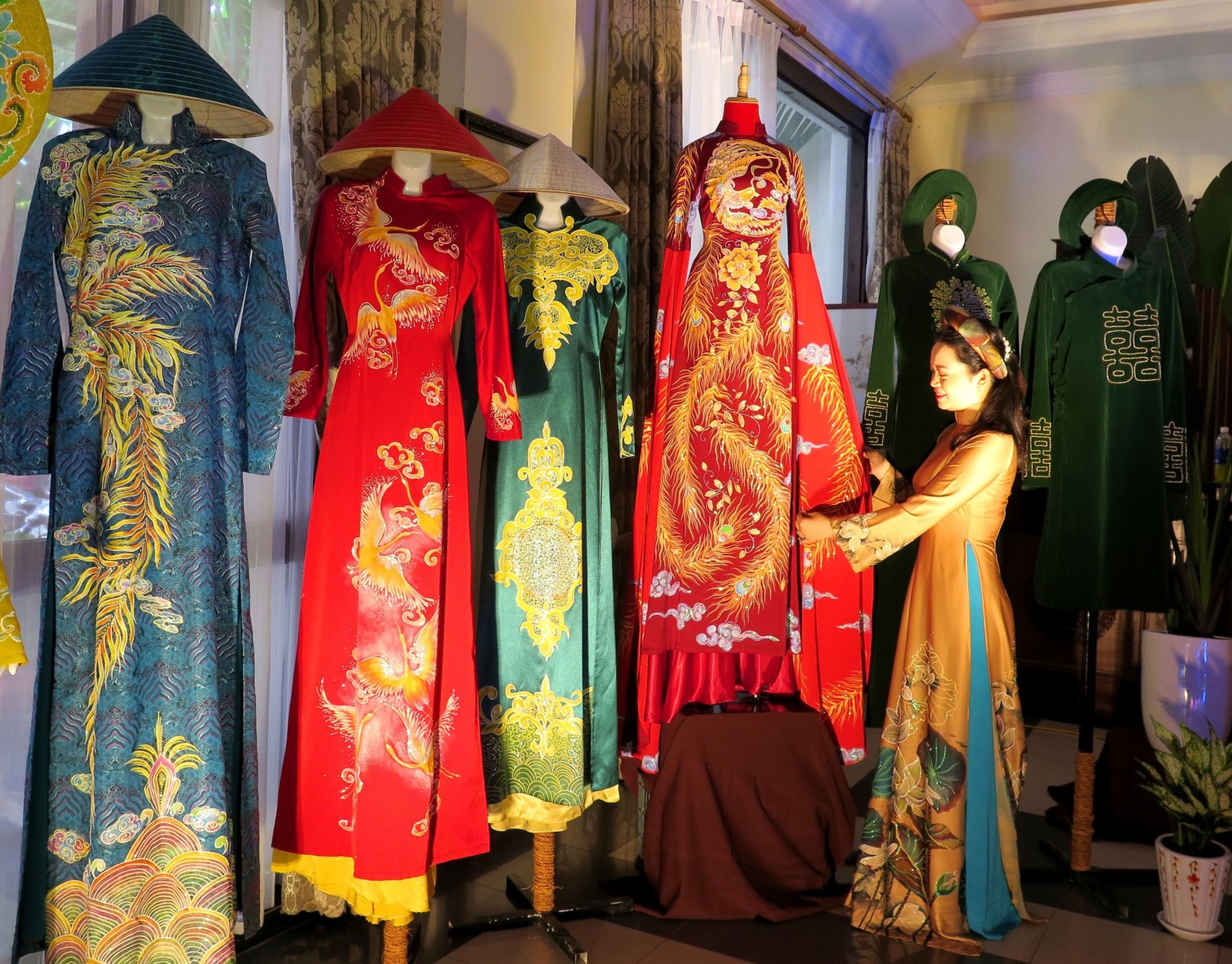
The most popular and widely-recognized Vietnamese national costume is the Áo Dài. Áo Dài was once worn by both genders but today it is worn mainly by females, except for certain important traditional culture-related occasions where some men do wear it. Áo Dài is derived from the ChineseQipao, although it consists of a long gown with a slit on both sides, worn over cotton or silk trousers. Áo Dài is elegant and comfortable to wear. Áo Dài was likely derived in the 18th century or in the royal court of Huế. White Áo dài is the required uniform for girls in many high schools across Vietnam. Some female office workers (e.g. receptionists, secretaries, tour guides) are also required to wear Áo Dài.
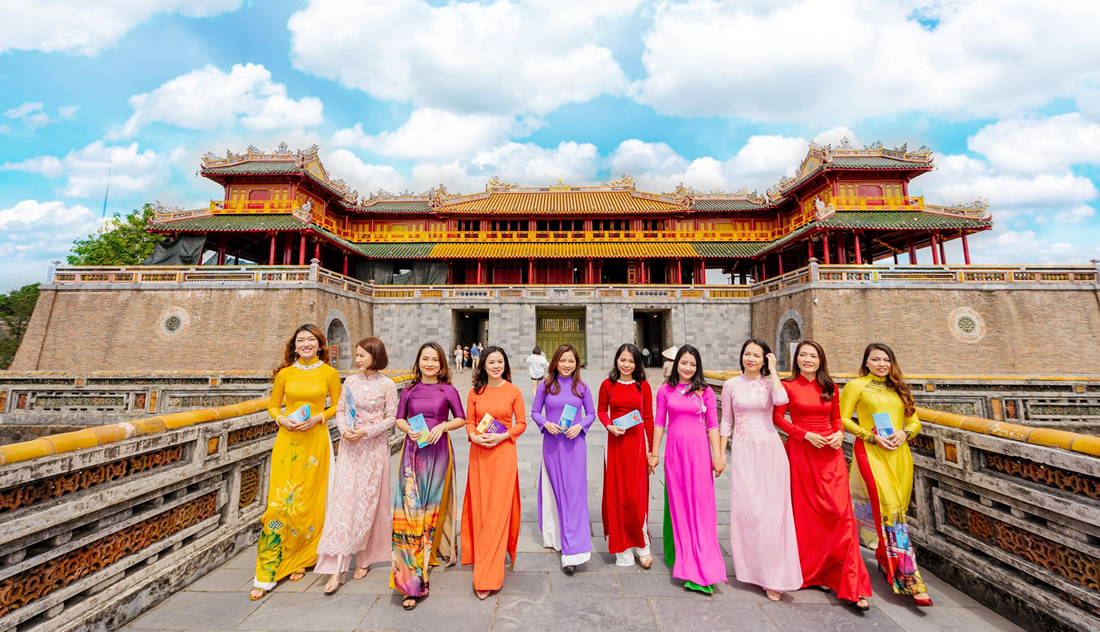
In daily life, the traditional Vietnamese styles are now replaced by Western styles. Traditional clothing is worn instead on special occasions, with the exception of the white Áo Dài commonly seen with high school girls in Vietnam.
Performing arts
Hát tuồng (also known as Hát bội): A theatre form strongly influenced by Chinese opera, it transitioned from being entertainment for the royal court to travelling troupes who performed for commoners and peasants, featuring many well-known stock characters.
Cải lương: A kind of modern folk opera originating in South Vietnam, which utilizes extensive vibrato techniques. It remains very popular in modern Vietnam when compared to other folk styles.

Hát chèo: The most mainstream of theatre/music forms in the past, enjoyed widely by the public rather than the more obscure Ca trù which was favored more by scholars and elites.
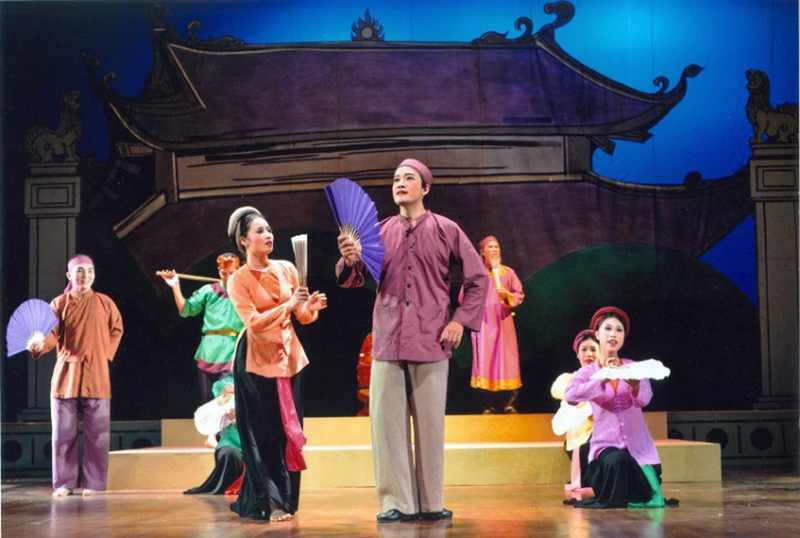
Water Puppetry: Water Puppetry is a distinct Vietnamese art which had its origins in the 10th century. In Water Puppetry a split-bamboo screen obscures puppets which stand in water, and are manipulated using long poles hidden beneath the water. Epic story lines are played out with many different puppets, often using traditional scenes of Vietnamese life. The puppets are made from quality wood, such as the South East Asian Jackfruit tree. Each puppet is carefully carved, and then painted with numerous successive layers of paint to protect the puppets.
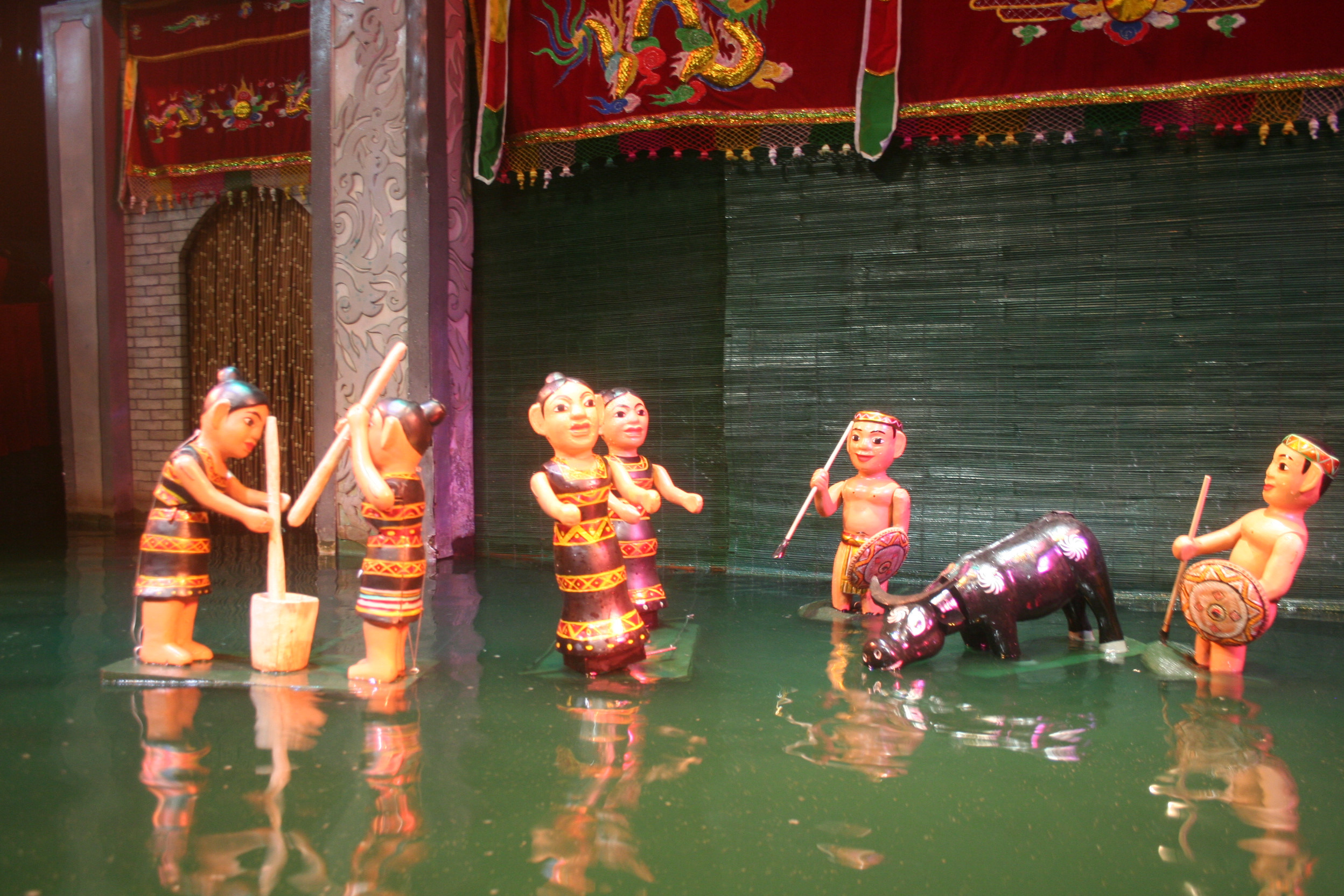
Despite nearly dying out in the 20th century, Water Puppetry has been recognised by the Vietnamese Government as an important part of Vietnam's cultural heritage. Today, puppetry is commonly performed by professional puppeteers, who typically are taught by their elders in rural areas of Vietnam. It is now extremely popular with tourists, and is performed at the National Museum in
Ho Chi Minh city and in specialist theatres. In 2007 a Water Puppet troupe toured the USA to acclaim.
Read this next
Quick Contact
Reviews from Customers
Please take a look at the following reviews from our customers

Luca
India | 12/28/2024
Unforgettable Adventure with Stunning Scenery and Passionate Guide!
An unforgettable journey! Every part of the tour was carefully planned, and I felt like I was getting a true local experience. The landscapes were breathtaking, and the tour guide’s passion made it even better. Highly recommend this to anyone visiting for the first time!

Emma
Georgia | 12/28/2024
Amazing Journey with Local Insights and Delicious Food!
A great experience! The tour was informative, and I enjoyed the chance to try local foods and interact with locals. The only improvement I'd suggest is more time at each stop to truly immerse in the experience.

John
United States | 12/28/2024
Exceeded Expectations – A Must-Do Tour for Any Traveler!
This tour exceeded all my expectations. The guide was very professional and passionate about the history of the area. It was also great to meet people from different parts of the world. I will definitely book more tours with this company in the future!

Carlos
Bangladesh | 12/28/2024
Great Tour, But Could Use a Bit More Time at Each Stop
This tour exceeded all my expectations. The guide was very professional and passionate about the history of the area. It was also great to meet people from different parts of the world. I will definitely book more tours with this company in the future!

John (USA)
Australia | 12/28/2024
Incredible Experience with an Expert Guide
This was an incredible experience! The tour was well-organized, and the guide was knowledgeable and friendly. I got to see all the major attractions and even some hidden gems that I wouldn't have found on my own. Highly recommend this tour to anyone looking to explore the city!
Partner
VietISO Company
18th Floor, VTC Online Building, 18 Tam Trinh St., Hai Ba Trung Dist. Hanoi, Vietnam










